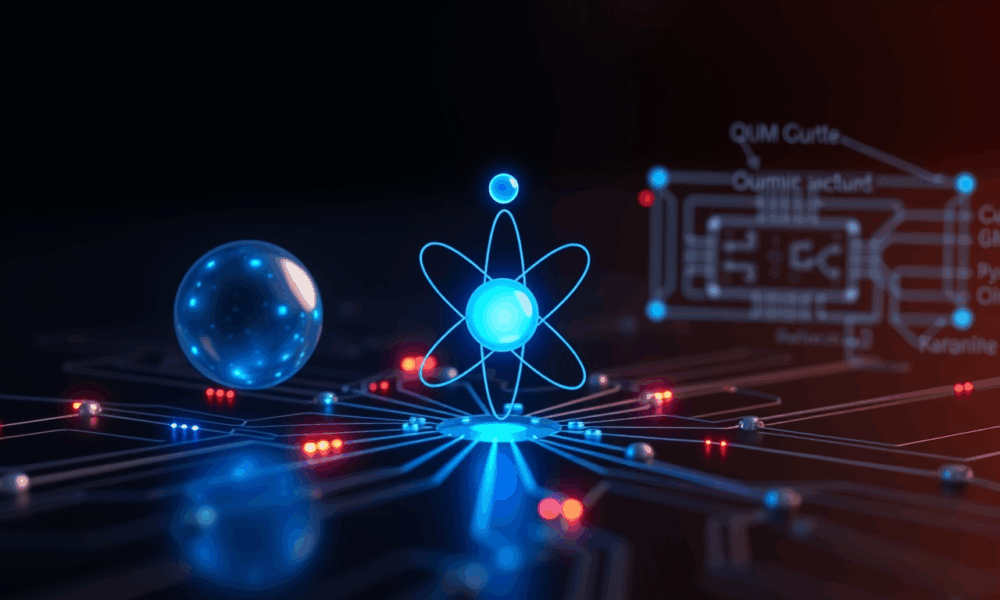


A research team has created a quantum logic gate that uses fewer qubits by encoding them with the powerful GKP error-correction code. By entangling quantum vibrations...
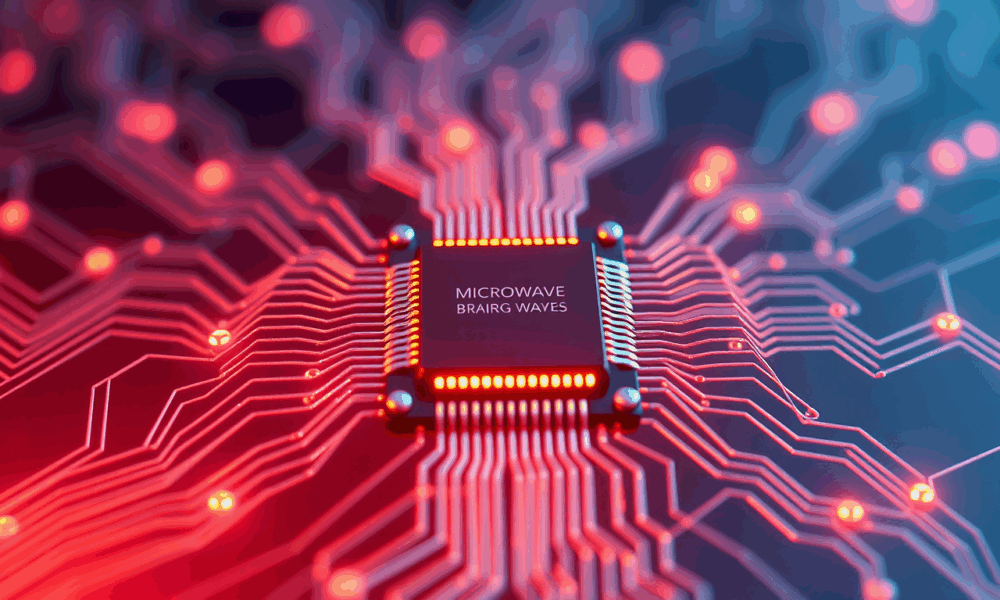
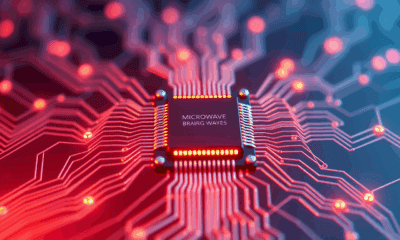

Cornell engineers have built the first fully integrated “microwave brain” — a silicon microchip that can process ultrafast data and wireless signals at the same time,...



Scientists have designed swarms of microscopic robots that communicate and coordinate using sound waves, much like bees or birds. These self-organizing micromachines can adapt to their...



Researchers at Harvard have created a groundbreaking metasurface that can replace bulky and complex optical components used in quantum computing with a single, ultra-thin, nanostructured layer....



A new leap in lab automation is shaking up how scientists discover materials. By switching from slow, traditional methods to real-time, dynamic chemical experiments, researchers have...



Neural networks first treat sentences like puzzles solved by word order, but once they read enough, a tipping point sends them diving into word meaning instead—an...
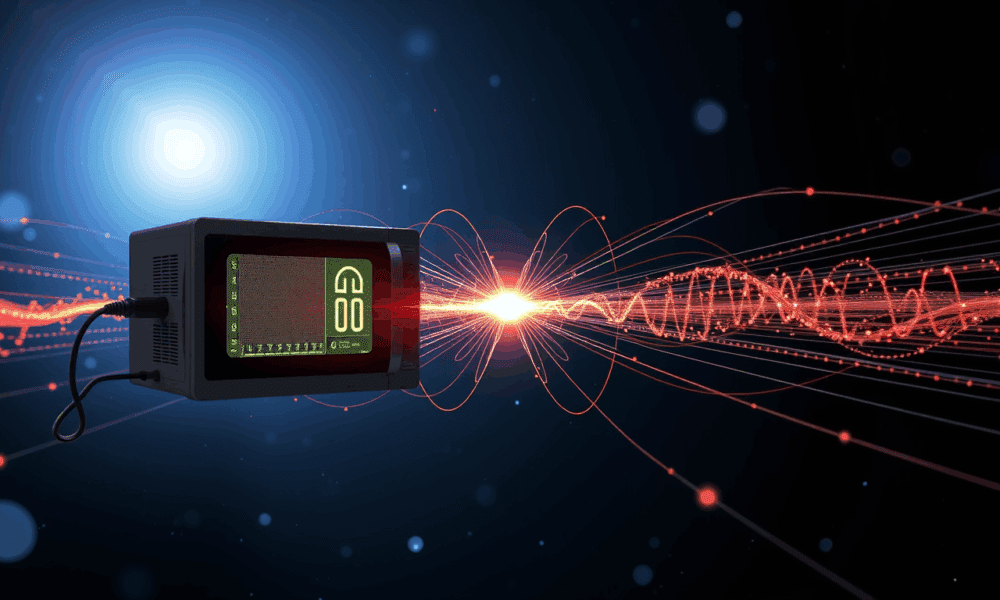
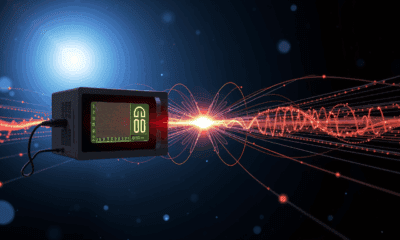

Scientists at UBC have devised a chip-based device that acts as a "universal translator" for quantum computers, converting delicate microwave signals to optical ones and back...



Imagine supercomputers that think with light instead of electricity. That s the breakthrough two European research teams have made, demonstrating how intense laser pulses through ultra-thin...
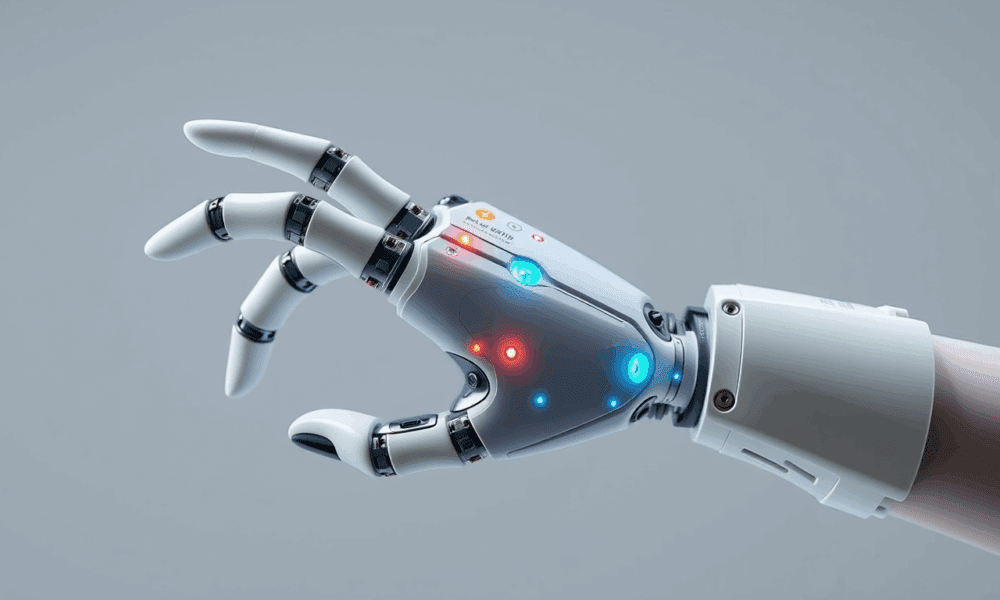
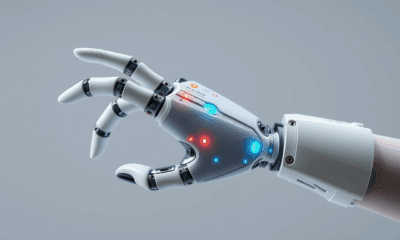

Researchers have created a revolutionary robotic skin that brings machines closer to human-like touch. Made from a flexible, low-cost gel material, this skin transforms the entire...
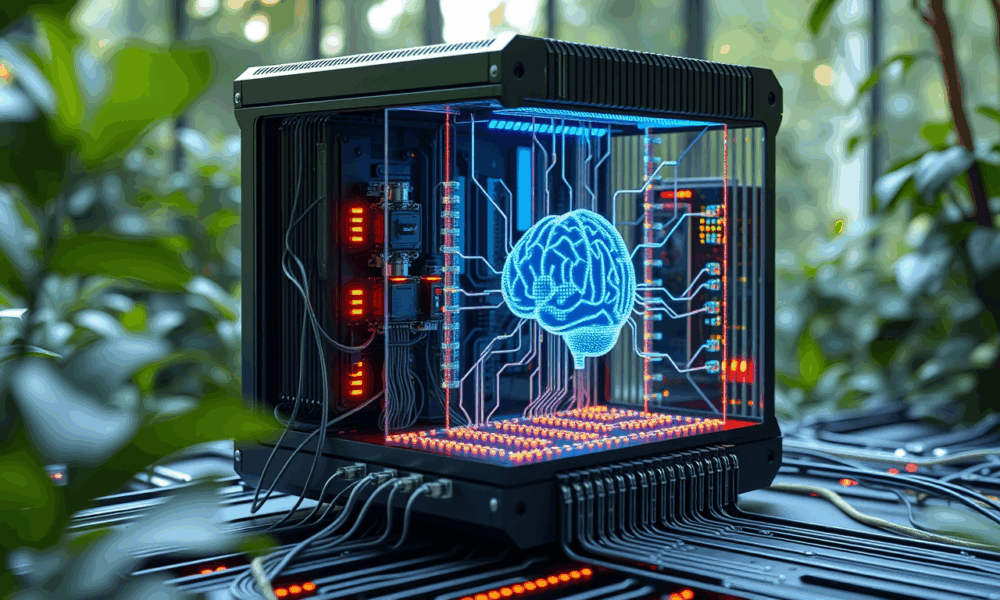
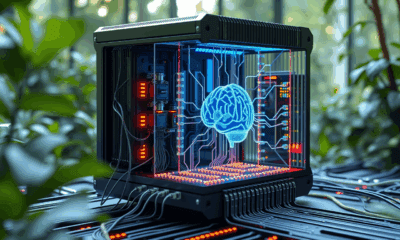

A team of researchers has shown that even small-scale quantum computers can enhance machine learning performance, using a novel photonic quantum circuit. Their findings suggest that...